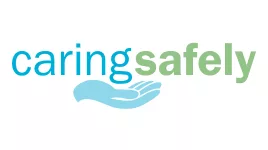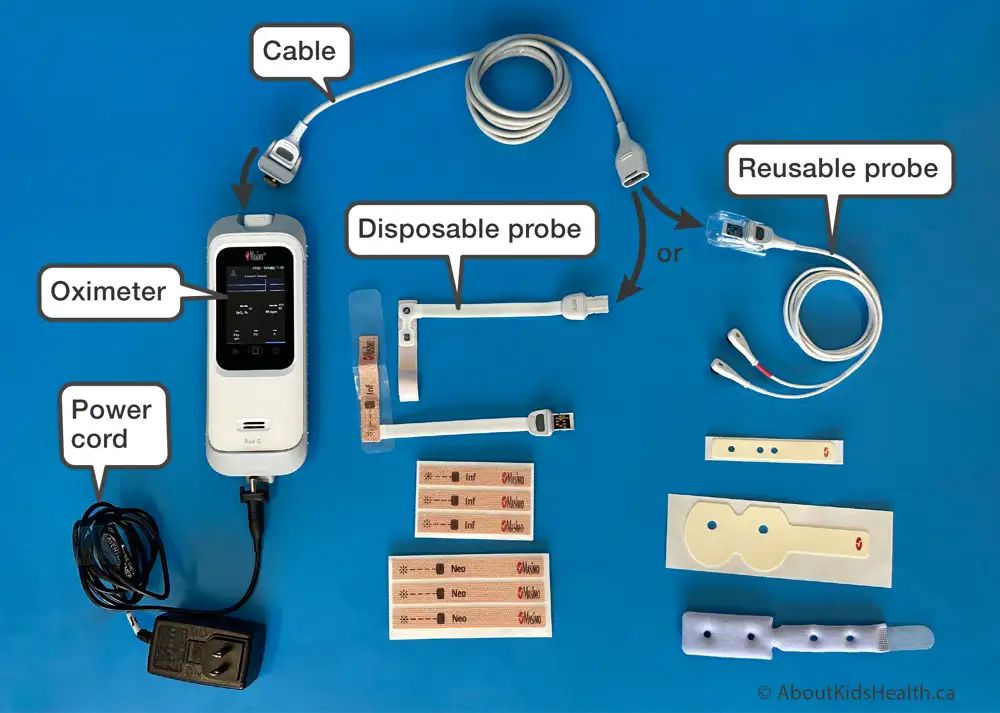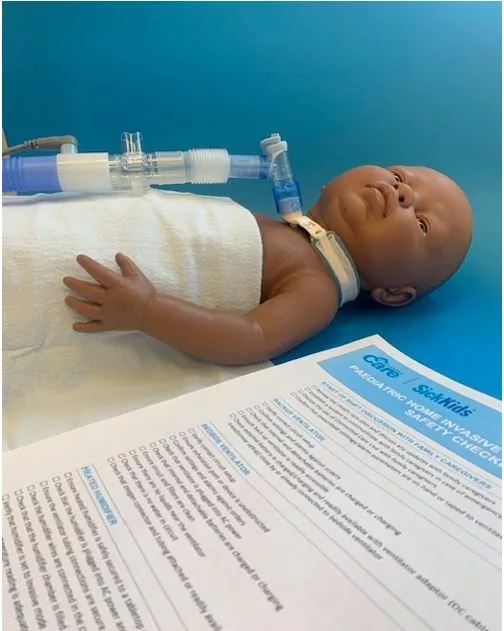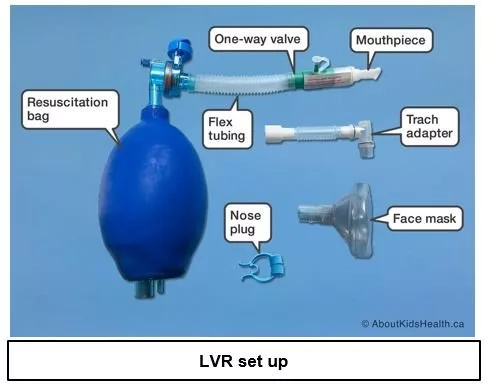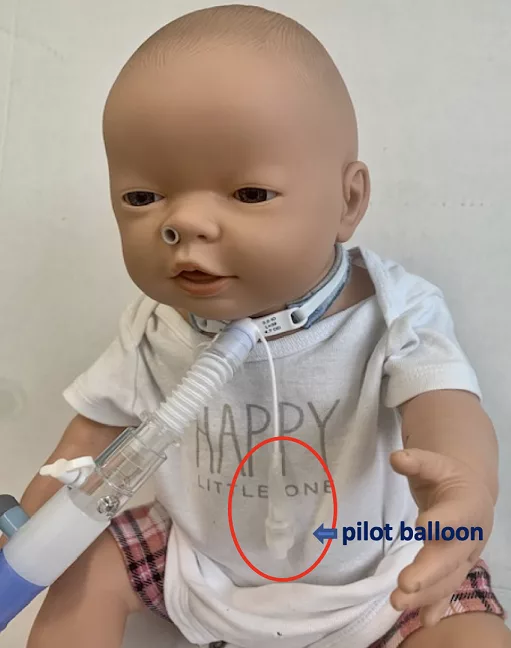SITUATION:
This QuickHit was informed by home and community care providers practices and recommendations by some clinical teams, indicating that inline suctioning using a closed system is advised to help maintain airway patency and reduce infection risks for patients receiving ventilator care at home or in community settings.
BACKGROUND:
Tracheal suctioning is indicated for children with artificial airways including tracheostomies to aid in removing secretions and maintaining patency.
For children that use invasive ventilation via their tracheostomy, suctioning may be performed by temporarily disconnecting their ventilator circuit, or via an inline (closed) suctioning system.
Tracheal suctioning is considered an aerosol-generating medical procedure (AGMP).
Connected Care recognizes that utilizing closed system inline suctioning may be a new addition to a child’s care plan. Community/home care providers and families may need access to adequate training and education in order to perform this task safely and effectively.
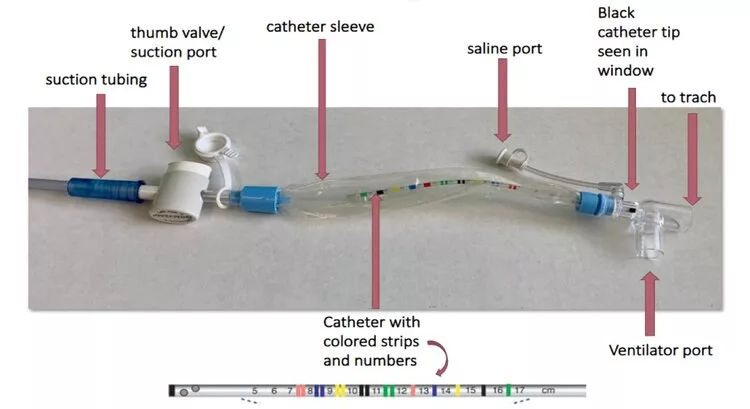
ASSESSMENT:
When caring for a child with a tracheotomy and ventilator, the community/home care provider will be continuously assessing the need for suctioning. Children with a tracheostomy with ventilation may require suctioning to:
- Assess and maintain a patent tracheostomy tube
- Remove audible or visible secretions in the tracheostomy tube
- Address respiratory distress (increased respiratory rate, desaturation, work of breathing or shortness of breath)
- Address ventilator alarms, depending on what is set for the child. For example: low minute ventilation, low exhaled tidal volume, high respiratory rate, high pressure
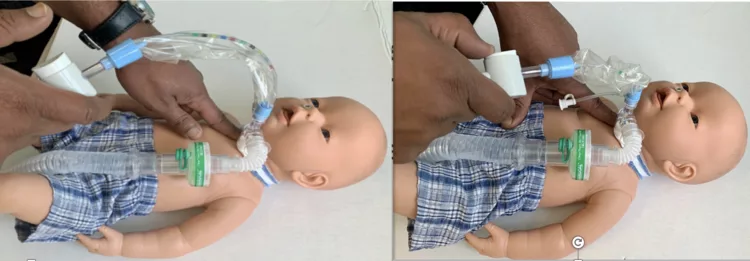
RECOMMENDATION:
Performing inline suctioning requires the following:
- Appropriate PPE
- Suction machine is set to pressures appropriate for the child’s age.
- Appropriately sized in-line suctioning catheter (attached to tracheostomy tube)
- Normal saline nebule (remove tip) for flushing after suctioning.
- Emergency tracheostomy kit
- Other adjuncts such as oximeter and oxygen
Performing inline suctioning requires following a detailed step by step process to perform the suctioning effectively and follow appropriate safety precautions while simultaneously assessing the child’s respiratory status.
When performing inline suctioning, there are several key safety considerations:
- Insert the catheter only to the prescribed depth.
- Limit suctioning to no more than 10 seconds with each pass. Monitor the child closely for signs of respiratory distress.
- When suction is completed, ensure the catheter is pulled out all the way until the black catheter tip appears in the viewing window.
- When flushing the catheter after suctioning, remember to always press the suction port first before squeezing the saline nebule. This ensures the saline travels in the direction of the suction tubing and not into the patient’s airway.
- Lock the flush port when done.

Connected Care is available to support community/home care providers and families in learning about the equipment and steps required to perform inline suctioning.
We recommend initiating a Connected Care Live Consult to speak to a Connected Care Resource Nurse or Respiratory Therapist who can provide coaching and evidence-based resources to support your learning.

